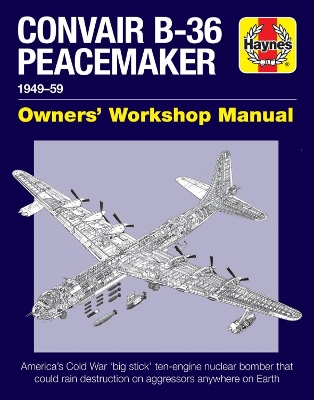Owners' Workshop Manual
2 total works
The Saturn I and IB series of rockets fulfilled plans developed in the late 1950s to build a rocket which could triple the existing thrust levels of US rockets and equal the lifting capacity of the Soviet Union, launching satellites and spacecraft weighing more than 10 tonnes into Earth orbit and do it by the early 1960s.
Three times more powerful than anything launched by America to that date, with a cluster of eight rocket motors for the first stage, the first Saturn I flew on 27 October 1961 and propelled America into the heavy-lift business.
It was the Saturn I, and its successor the Saturn IB, with a more powerful second stage, that did all the preparatory work getting NASA ready to put men on the Moon.
The Saturn I and IB was used on 19 launches, including the first manned Apollo spacecraft, Apollo 7 in 1968, all three Skylab flights in 1973 and the last Apollo spacecraft, flown in support of the Apollo-Soyuz Test Project in 1975.
Three times more powerful than anything launched by America to that date, with a cluster of eight rocket motors for the first stage, the first Saturn I flew on 27 October 1961 and propelled America into the heavy-lift business.
It was the Saturn I, and its successor the Saturn IB, with a more powerful second stage, that did all the preparatory work getting NASA ready to put men on the Moon.
The Saturn I and IB was used on 19 launches, including the first manned Apollo spacecraft, Apollo 7 in 1968, all three Skylab flights in 1973 and the last Apollo spacecraft, flown in support of the Apollo-Soyuz Test Project in 1975.
Author David Baker offers an unrivalled insight into Convair B-36, America’s ‘Big Stick’ nuclear-capable intercontinental bomber that held the line against the growing Soviet threat during the opening decade of the Cold War. He lifts the lid on the ‘Peacemaker’, bringing together several decades of research and investigation into an aircraft that bridges the piston-engine era and the age of the all-jet bomber. With the aid of more than 300 photographs and detailed performance charts, he describes the design, development, structure and systems of the B-36 and its service with the US Air Force’s Strategic Air Command at a crucial point in post-war history.

